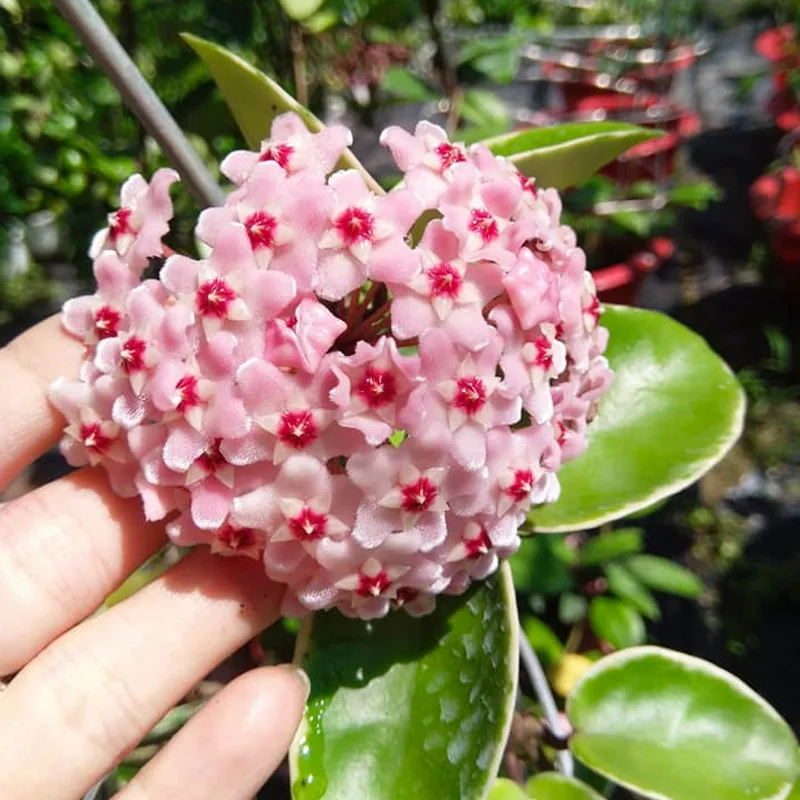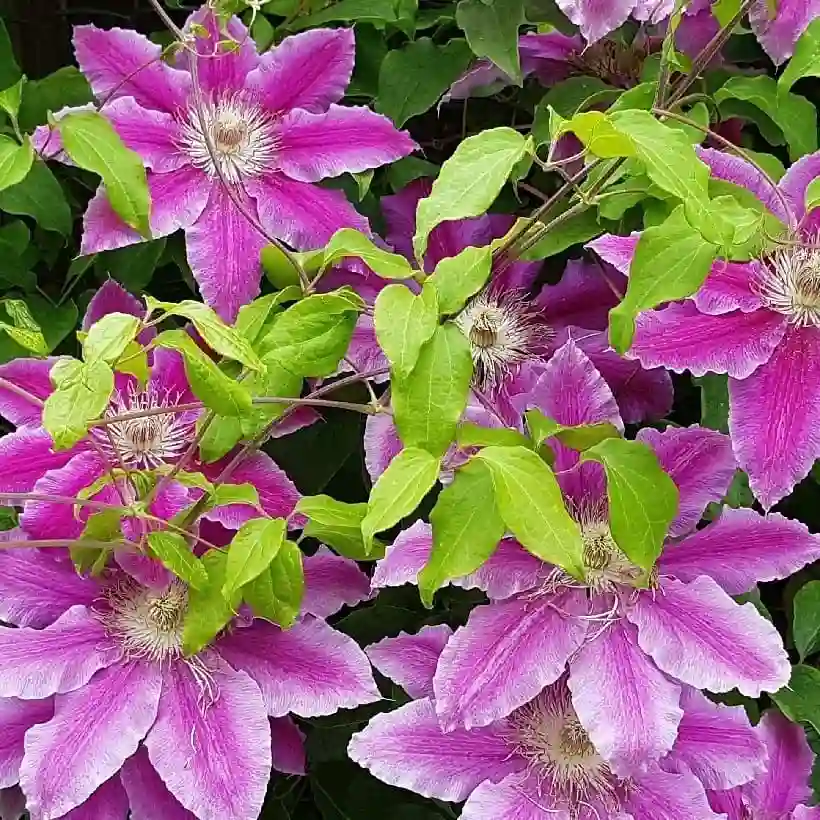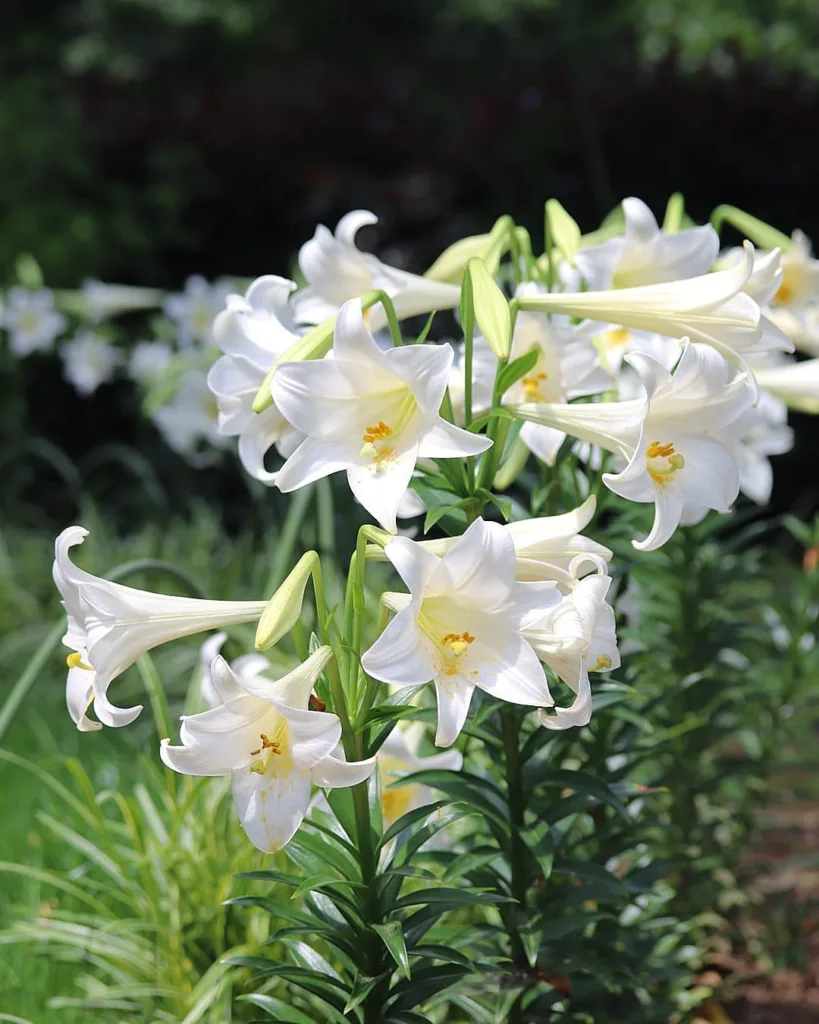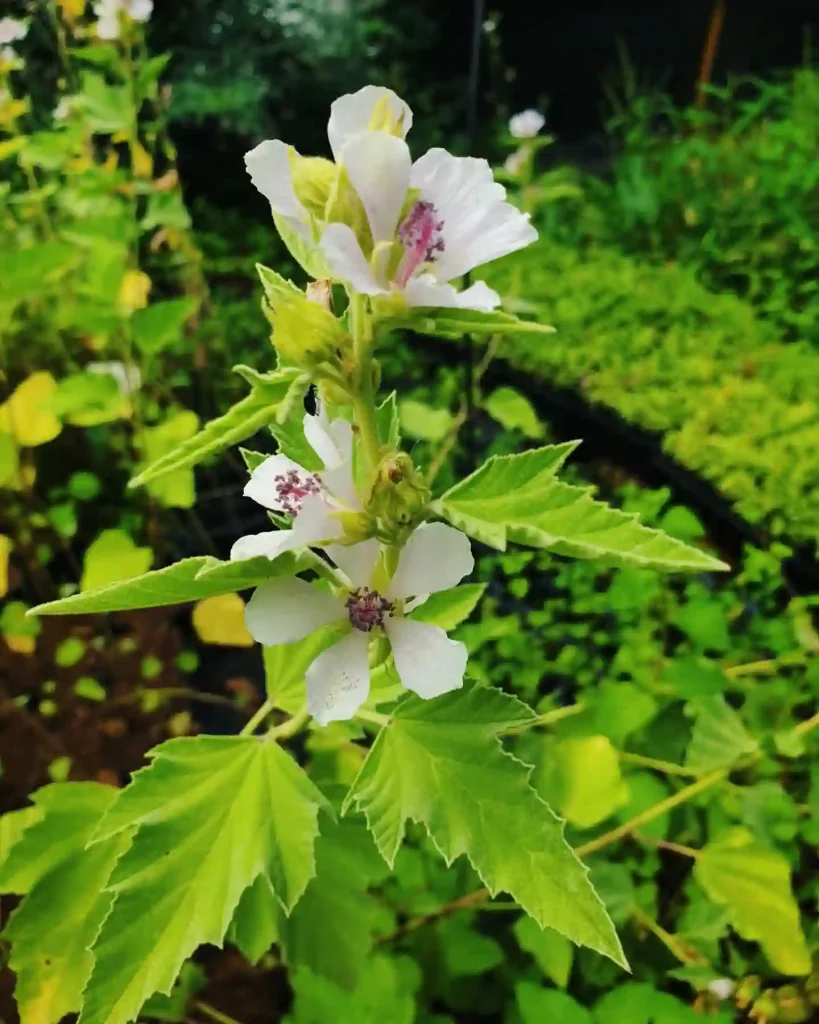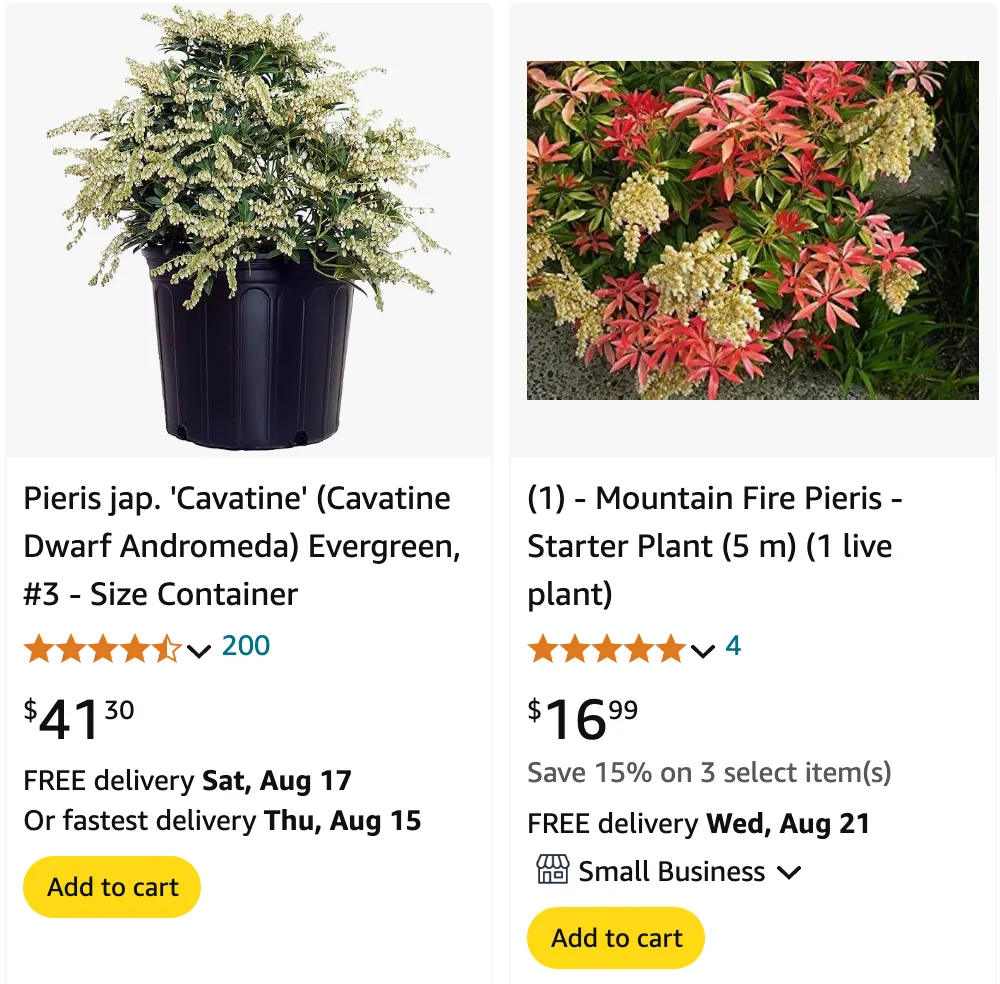
What is Pieris Dorothy Wycoff?
Pieris Dorothy Wycoff is a stunning evergreen shrub that I’ve had the pleasure of growing in my garden. This plant, part of the Ericaceae family, is known for its year-round interest. The first thing you’ll notice about Dorothy Wycoff is its beautiful clusters of bell-shaped flowers, usually appearing in early spring. These blooms are a deep, reddish-pink, which gradually fade to a soft pink or white. This plant also features attractive, leathery leaves that start as a bronze-red in the spring and mature to a dark green. It’s a compact shrub, usually growing about 4 to 5 feet tall, which makes it a perfect choice for smaller gardens or as part of a larger landscape.
10 Species in Genus Pieris
How to Care for Pieris Dorothy Wycoff?
Caring for Pieris Dorothy Wycoff is relatively straightforward, though there are some specific needs to consider. The most important factor is its soil preference. This plant thrives in acidic, well-drained soil rich in organic matter. If your garden soil is more alkaline, you might need to amend it with peat moss or compost to lower the pH.
When it comes to sunlight, Pieris Dorothy Wycoff does best in partial shade. I’ve found that giving it morning sun and afternoon shade helps the plant flourish, especially in hotter climates. Watering is also crucial, especially during dry spells. Consistent moisture is key, but avoid waterlogged soil, which can lead to root rot.
How to Propagate Pieris Dorothy Wycoff?
Propagation of Pieris Dorothy Wycoff can be a rewarding process, though it does require some patience. I prefer to propagate it through semi-hardwood cuttings. The best time to take cuttings is in late summer. Select a healthy branch and cut a 4 to 6-inch section just below a leaf node. Remove the lower leaves, leaving a few at the top, and dip the cut end in rooting hormone.
Next, plant the cutting in a pot filled with a mixture of sand and peat moss. Keep the soil moist and place the pot in a shady spot. It can take several months for roots to develop, so patience is necessary. Once rooted, you can transplant the cutting into your garden or a larger pot.
What to Plant with Pieris Dorothy Wycoff?
Pieris Dorothy Wycoff is a versatile plant that pairs well with a variety of companions. In my garden, I’ve planted it alongside Rhododendrons and Azaleas, which share similar soil and light requirements. These plants create a beautiful display of spring color.
Hostas and Ferns are also excellent companions, adding texture and contrasting foliage to the landscape. I’ve also had success pairing it with Heucheras, which offer a variety of leaf colors that complement the dark green foliage of Dorothy Wycoff. The key is to choose plants that thrive in the same acidic, well-drained soil conditions.
How Does Pieris Dorothy Wycoff Compare to Pieris Japonica?
While Pieris Dorothy Wycoff and Pieris Japonica are both part of the same family, they have distinct characteristics. Pieris Japonica is often larger, with some varieties reaching up to 10 feet tall, while Dorothy Wycoff is more compact, making it a better fit for smaller gardens. The flowers of Pieris Japonica tend to be white, whereas Dorothy Wycoff offers the unique reddish-pink blooms.
I also find that Dorothy Wycoff’s new foliage is more striking, with its vibrant bronze-red color in spring. Both plants share similar care requirements, so choosing between them often comes down to size preference and color.
Is Pieris Dorothy Wycoff Deer Resistant?
One of the things I appreciate most about Pieris Dorothy Wycoff is its resistance to deer. In my experience, deer tend to avoid this plant, which is a huge bonus if you live in an area with a high deer population. That said, no plant is entirely deer-proof, so there might be occasional browsing, but it’s not their first choice.
What Are Common Problems with Pieris Dorothy Wycoff?
Like any plant, Pieris Dorothy Wycoff can encounter a few problems. The most common issue I’ve faced is leaf spot, a fungal disease that causes brown spots on the leaves. This usually occurs in overly wet conditions or when the plant doesn’t have enough airflow. To prevent this, make sure your plant has good air circulation and avoid overhead watering.
Another issue is root rot, which can happen if the soil is too waterlogged. Ensuring your soil is well-drained is the best way to prevent this. Occasionally, I’ve seen some leaf yellowing, which usually indicates a nutrient deficiency, likely due to soil pH being too high. Regularly checking soil pH and amending it as needed can keep your plant healthy.
How to Prune Pieris Dorothy Wycoff?
Pruning Pieris Dorothy Wycoff is relatively simple. I usually prune it after the flowering season in late spring. Remove any dead or damaged branches first, then trim back the plant to maintain its shape and size. Be careful not to cut into old wood, as Pieris can be slow to recover from hard pruning.
For shaping, I recommend light pruning each year rather than heavy pruning every few years. This encourages denser growth and keeps the plant looking tidy.
Why Should You Choose Pieris Dorothy Wycoff?
If you’re looking for an evergreen shrub that offers year-round interest, Pieris Dorothy Wycoff is a great choice. Its beautiful flowers, striking new foliage, and deer resistance make it a standout in any garden. Plus, its compact size means it can fit into a variety of landscape designs, from small gardens to larger borders. I’ve enjoyed watching this plant grow and thrive in my garden, and I’m sure you will too.
Final Thoughts on Pieris Dorothy Wycoff
Pieris Dorothy Wycoff has been a delightful addition to my garden. Its ease of care, beautiful blooms, and compatibility with other plants make it a favorite of mine. Whether you’re a seasoned gardener or just starting, this plant is worth considering for your landscape.
If i die, water my plants!
